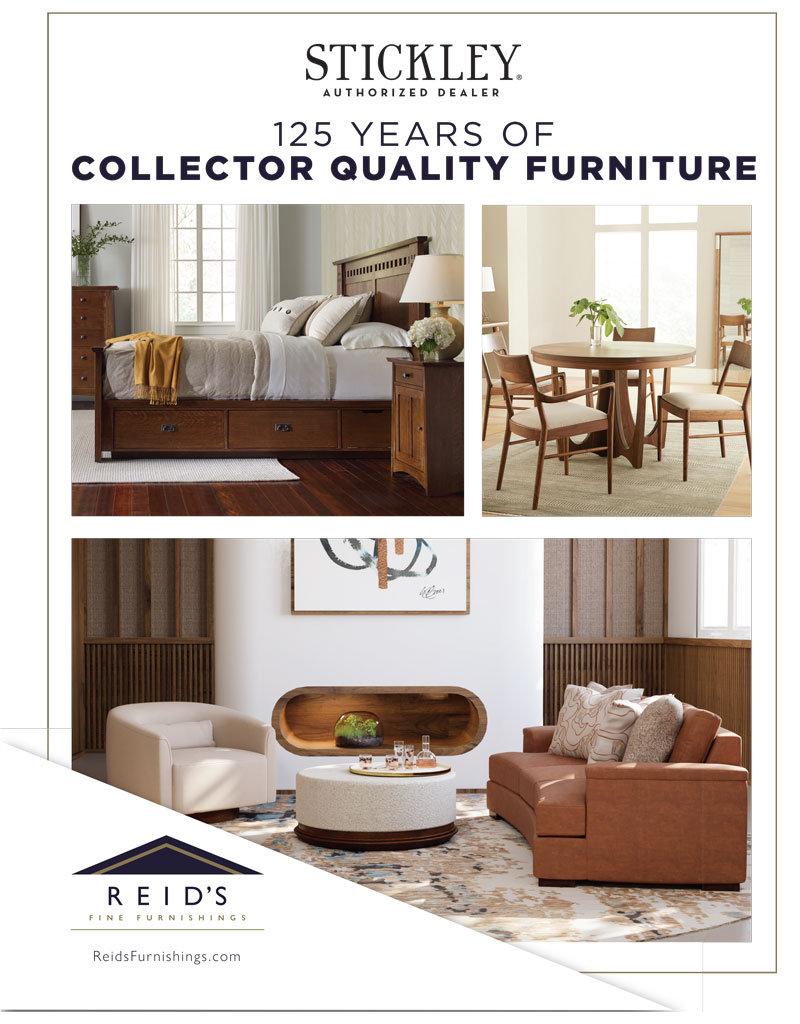The Sweetest Slumber -Understanding Bed Linen Basics
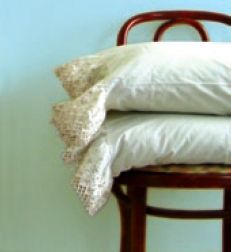
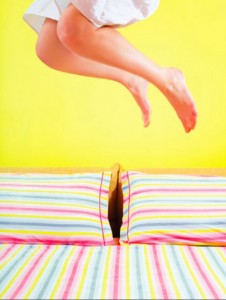 When I launder my bed linens, I often think of my salt-of-the-earth Scottish grandmother whose bed linens always smelled like laundry soap, brisk breezes and warm sunshine. Hanging the bed linens out to dry was a predictable part of her household routine, as was ironing the sheets and pillowcases before they were put back on the beds. Pinning sheets to the clothesline and ironing them may be chores some modern women can’t fathom, but qualities like comfort, durability and attractiveness in our bed linens do indeed transcend the generation gap.
When I launder my bed linens, I often think of my salt-of-the-earth Scottish grandmother whose bed linens always smelled like laundry soap, brisk breezes and warm sunshine. Hanging the bed linens out to dry was a predictable part of her household routine, as was ironing the sheets and pillowcases before they were put back on the beds. Pinning sheets to the clothesline and ironing them may be chores some modern women can’t fathom, but qualities like comfort, durability and attractiveness in our bed linens do indeed transcend the generation gap.
Today’s bedding industry supplies us with many choices, choices about which our grandmothers could only have dreamed. In fact, it’s easy to become overwhelmed by so many options. But choosing bed linens for your home can be easy if you understand the basics.
Unraveling the Secrets of Thread Count
One of the most important things to understand about bed linens is thread count, an industry term which refers to the number of horizontal and vertical threads in each square inch of fabric. Most sheet sets fall in the 200 to 400 range, but some manufacturers will boast thread counts of 600 to 1000. While a higher thread count can mean a finer sheet, it’s also important to know that this is not always the case, since the math behind thread count can be confusing to consumers. You must also take into account the “ply” of the thread, which refers to how many strands of yarn are wrapped together into a single thread. Single-ply fibers, for example, are constructed of single yarns, while two-ply fibers are formed by two yarns wrapped together into one thread. Some manufacturers consider a single thread of two-ply fiber a double thread—and they will label their sheets as such. What this boils down to is that an 800-thread-count sheet may actually be a 400-count sheet.
This tells us that thread count alone is not the best measurement of quality and durability when it comes to bedding; the fibers and finish are also important to the sheet’s comfort and durability. Generally speaking, the longer the cotton fibers, the stronger and softer the fabric. Extra-long staple fibers (ELS for short) make the best quality cotton, so this is another term you should be familiar with when shopping for bed linens.
In addition to thread count, consumers need to understand the various materials used to construct today’s finest linens.
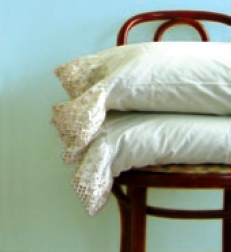 Cotton
Cotton
Cotton is by far the most popular fabric for bed sheets. It is smooth, soft and comfortable—coveted characteristics for the place in which we spend almost one third of our life. Cotton releases soil easily and is quite durable; not only does it hold up well after many washings, it just becomes softer and softer with time. Experts suggest that it can be kinder to sleepers with sensitive skin than wool, nylon and other manmade fabrics.
Note that if packaging claims a sheet is “cotton rich,” it may actually contain only a very small amount of cotton. It’s better to select a product that claims 100 percent cotton or, if choosing a blend fabric, one that clearly states the exact proportion of cotton in the blend. You want to know what you are buying.
Egyptian Cotton
Generally recognized as some of the finest cotton in the world for its durability and luxurious feel, Egyptian cotton is made from the longest staple cotton fiber grown. While Egypt is one of the largest producers of ELS cotton in the world, the Egyptians export only about 40 percent of their cotton to markets around the world. (They keep 60 percent for themselves, but who can blame them?)
Pima and Supima
As the next best cotton, pima cotton is made from fibers that are slightly shorter than those in Egyptian cotton. The name “pima” is a generic name given to any ELS cotton grown in any country; “supima” is a brand name given to pima cotton grown in the United States—the aggregate of the words “superior” and “pima.”
Percale
People often mistakenly think of “percale” as a blend of cotton and polyester, but percale actually refers to the weave of the fabric, not the content. Percale can be 100 percent cotton, or a blend of other fabrics in any ratio. Percale is a closely woven plain-weave fabric, generally 180 thread count or higher, and is typically soft, cool and light to the touch.
Sateen
Popular since the early 1900s, sateen is usually 100 percent woven cotton. It’s durable and machine washable with a sheen that resembles satin. Like percale, sateen does not refer to the material, but to the method of weaving that gives it a soft, satin-like feel. Sateen sheets are very popular, but can be a little pricier than other weaves.
Organic
If using chemical-free products is important to you, then consider organic cotton sheets. Organic cotton is manufactured under strict standards and made without chemical pesticides and fertilizers. Experts suggest that organic cotton can last longer than comparable fabrics and is also more absorbent.
Bamboo
Bamboo fiber has officially entered the mainstream. Sheet sets and other products made from 100 percent bamboo fibers are widely available at major retailers or online. Part of its rapidly growing appeal is that bamboo fibers make some of the softest fabrics in the world. Bamboo is a rapidly renewable resource (as the world’s fastest growing plant, it can grow from one to four feet per day), and doesn’t require pesticides to grow. Troubled with night sweats? You should definitely consider bamboo bedding, which has been shown to be far more breathable than cotton. It is also incredibly absorbent, and will wick moisture from your body like no other fabric.
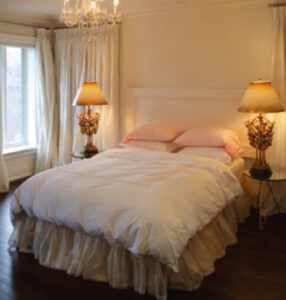 Cotton/Polyester Blend
Cotton/Polyester Blend
When polyester is blended with any type of cotton, the result is a fabric that repels wrinkles, and is durable, less expensive, and more stain-resistant than natural cotton alone. It also tends to be warmer, depending upon the ratio of polyester to cotton in the blend.
Selecting the best bedding is important because of the sheer amount of time we spend in our beds. Life may have changed considerably since Grandma’s day, but one thing remains unchanged: that great feeling of slipping between clean and comfortable sheets, in a well-made bed at the end of a long day.
For more information, check out these online resources:
